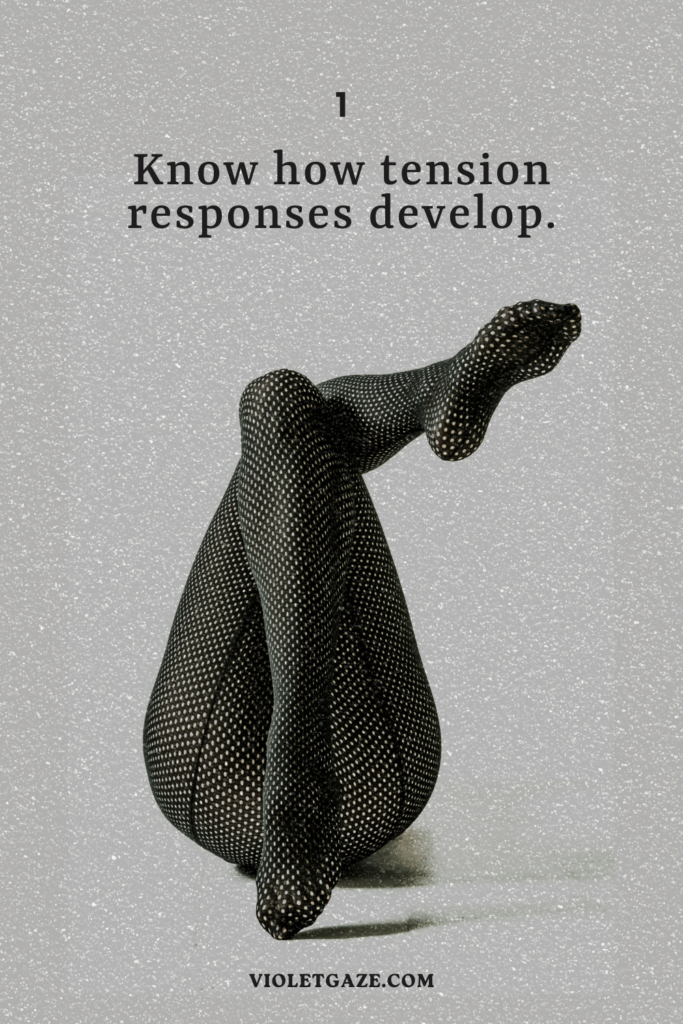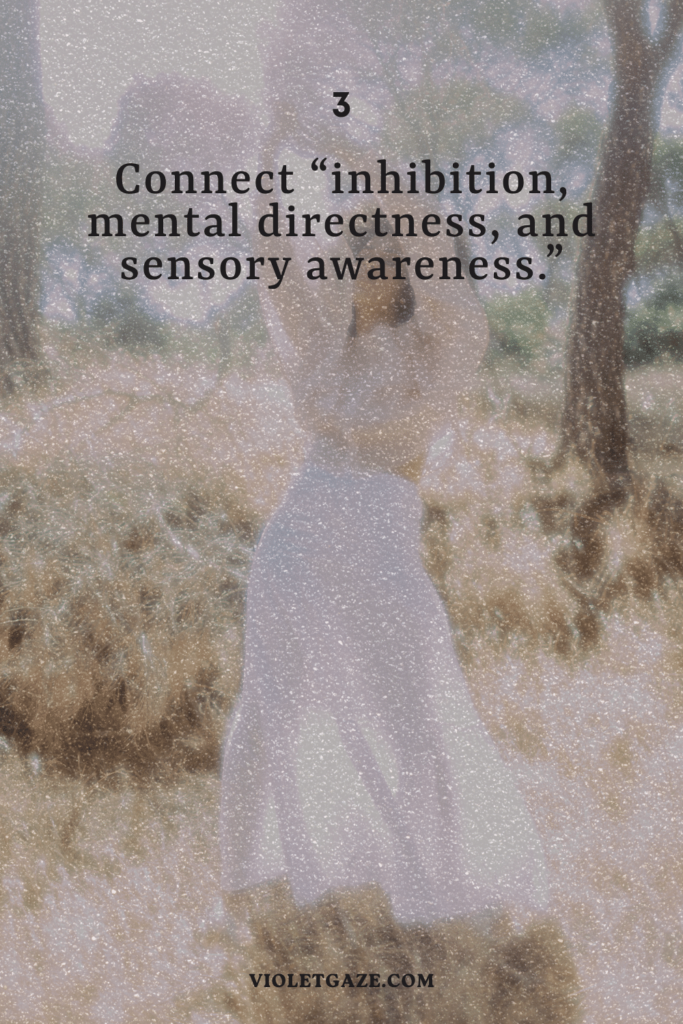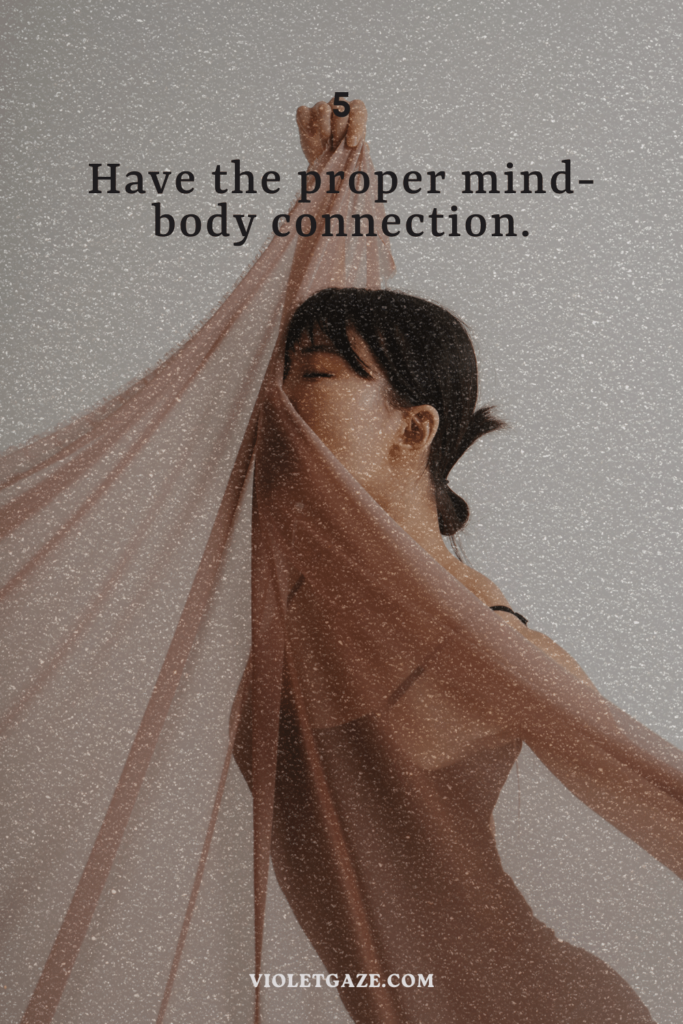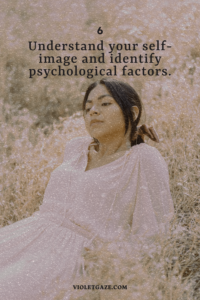F. Matthias Alexander, a professional Australian actor, was in a serious rut.
He began suffering from chronic laryngitis whenever he performed, making it more and more difficult and painful for him to properly do his job.
Going from doctor to doctor but getting no help in return, he eventually started uncovering some world-shifting practices on his own that not only greatly helped his practice, but have proven to help actors, performers, and humans all over the world.
You might think curing his laryngitis came from a special tea, a vocal exercise, or another throat-centered remedy, but no.
He actually started uncovering excess tension in his neck and body and started connecting the body directly as the solvent to the voice. And sure enough, those same doctors started coming to him asking if he could teach the now infamous Alexander Technique that he’d created, developed, and practiced.
How to practice the Alexander Technique
There are two main ways to practice the Alexander Technique, the priority being working with an Alexander Technique teacher through a program or private lessons. If you’re not in or near a city where they offer individual or group Alexander Technique lessons, though, you could follow the secondary practice method, which is working self-paced through videos and books to better align your body and mind to help you optimally perform whatever you may be doing.
Consider what you do for a living, and what you do on a daily basis.
If you’re a performer, then you’re already likely familiar with using your body expressively. You might have practice movement exercises or group classes that help bring awareness to points of tension in the body and release them. But even if your career isn’t directly in expression through the physical body, you still need to free your body so you can better communicate and carry on through life.
A truth that many learn when they start an Alexander Technique program is that tension and even trauma hold themselves in multiple parts of the body. Perhaps you hold tightness in the shoulders, affecting upper body pressure, the beck, and how you move and stand in your everyday life. Or maybe you grind your teeth at night and realize that you hold tension in your jaw and lips.
Or perhaps you haven’t quite seen a definite starting point in your journey to release tension– and that’s okay, too. Having an awareness of pain, stress, and your overall health and how it affects everything from your posture to your overall healing and well-being is the first step towards freeing your mind and body.
But even if your career doesn’t technically require you to use your body, the truth is, you’re always using your body to function daily! De-stressing the tension in your body will unlock all sorts of freedoms that were disconnecting your mind from your body, whether you’re aware of them or not.
What is the Alexander Technique?
The Alexander Technique has many definitions but ends up being a beautiful compilation of ways to mindfully move through life through the act of shifting habits away that are pulling energy and encouraging the freedom of movement, balance, and bodily support.
Why you need to know about the Alexander Technique
Even if you’re not an artist, knowing the Alexander Technique can move mountains when it comes to aligning your body and syncing it with your mind. It’s a commonly used technique among actors and musicians. It gives them freedom over their ability to be a medium for action and emotion that a tense and tight body will never be able to portray.
The main elements of the Alexander Technique:
- The head, neck, and spine are the “primary control,” or the keys to unlocking your body to move more freely.
- To reset the body, you have to re-educate yourself on how to properly move.
- The “use of self” is the way we use ourselves in the most minimal ways— breathing, resting, focusing, and most importantly, choosing our reactions when things get tough.
- The mind and body are constantly intertwined and influence one another.
The basics of the Alexander Technique
The best way to immerse yourself fully in the Alexander Technique is to work 1:1 with a teacher, helping you reprogram your body; however, if you don’t have access, then understanding it through books and videos is a second option.
Using the outline from Judith Leibowitz and Bill Connington’s book, The Alexander Technique, we’ll walk through the outline of using the Alexander Technique within the framework of the book’s outline.
1. Know how tension responses develop.

From when we’re children, we start developing physical coping mechanisms for everyday tasks, learning from the adults around us how to sit and move. “Children are imitators and copy the behavior of those around them. They take on the attitudes and stresses, both physical and psychological, of the surrounding adult world,” says Leibowitz and Connington.
Into adulthood, we get even more used to responding to tension in ways that tighten our bodies, be it hunching over our computer or phone, locking the knees when we’re standing, lifting objects with straight legs, or subconsciously lifting the shoulders to the ears instead of relaxing and softening them down.
2. Have the right mental attitude.

In order to have the right attitude to fully absorb the Alexander Technique, we have to understand that traditional schooling methods are flawed. Most of us are taught that we need to strive for a perfect ending instead of a well-journeyed middle, leaving us in fear of failing and thus learning.
In order to successfully implement the Alexander Technique, we need to first fully embody the sense that we’re all beginners, students, and forever learners, and leave ourselves alone in our process instead of getting in our own way. Only when we allow ourselves to take chances and explore the technique will we truly learn and grow.
3. Connect “inhibition, mental directness, and sensory awareness.”

Changing a habit is embodying these three elements.
Throughout our lives, we’ve built ingrained bodily habits that influence the way we move and thus think and feel. We’re probably used to slouching, pushing our chest in and forward, and over-hollowing our backs in the process.
In The Alexander Technique, it’s explained that when we hear of certain actions, like bending or speaking, we have an imprinted idea of how we’d respond to the verb. Instead, in Alexander, we’re focusing on maintaining the poise of your head and lengthening your spine as you experience a movement. That’s probably not the first thing you think about, but it is the way to start shifting a habit from destructive movement to constructive movement.
4. Know how it works with your anatomy.

In order to shift your body to its full capacity, you need to know how it’s built. With the Alexander Technique specifically, you’re focusing a lot of your attention on your head and neck, shoulders, hip joints, and chest area, and how they work in relationship to one another. Understanding the relationship of your body parts with each other will start freeing them even more.
5. Have the proper mind-body connection.

Alexander’s view of the mind-body connection was extravagant during his time. The body and mind were (and still are oftentimes) seen as two separate beings, but even more so in the 1890s when he was formulating his technique and deciphering the connections throughout the body.
But working with the Alexander Technique means you need to understand the persistent interconnection between the mind and the body. In fact, it’s why so many performers find value in the Alexander Technique— because by freeing and un-tensing the body, they’re also able to liberate their body and mind, giving themselves permission to move about on stages.
In fact, The Alexander Technique cites that electromyographic equipment (EMG) has shown how the mind can influence the body, showing direct correlations to more relaxed muscle tension when applying the Alexander Technique.
Think about a memory from your childhood when you felt embarrassed. Notice immediately what your body does when you remember that memory. Did you wince? Tighten up? Scrunch up your face?
This also connects directly to how emotions are stored in physical parts of our bodies, like in our neck, stomach, or primarily, the torso. Unlocking your movement will often unlock a stored experience, and could have Alexander students suddenly burst into tears.
Willhiem Reich calls this “body armoring,” which we’ve done throughout our lives to protect us from harmful experiences. Alexander helps unlock that, so we can more fully and deeply access our richest sentiments.
6. Understand your self-image and identify psychological factors.

Through socialization, we’ve also captured a self-image of ourselves based on the way we’ve experienced our environment. When our environments try to tell us what we are, we tend to listen to it! “You’re fat,” can physically make us accept and take on the role, surrendering to the powerful energy of words and intentions.
The Alexander Technique can fit into our lives by helping us unlearn the messages we’ve heard and accepted about our bodies our entire lives, like being more rigid when we’re faced with adversity to physically arm ourselves from potential impending danger. We can literally give ourselves back problems because our mothers told us we weren’t lovable, or give ourselves hip problems because we were told in gym class that we’d never be as fast as the others.
You’ll see, again, how the mind and body are truly one.
Final thoughts: using the Alexander Technique in life and art
Some things to remember about the Alexander Technique:
- The Alexander Technique isn’t a series of movements or exercises, but a way to replace old patterns and movements with revitalizing ones to access your deeper, truer self.
- The Alexander Technique is for anyone who wants to detach restrictive habits and more deeply interconnect the body and mind.
- The best way to learn the Alexander Technique is to work with a teacher through it. You can follow this link to find programs near you.
If you want some additional resources on the Alexander Technique, enjoy this Alexander Technique exercises pdf below, which outlines some mantras and resources so you can further immerse yourself in freeing your body and your mind!
creative artist lifestyle
creative artist lifestyle
creative artist lifestyle



Post Comments